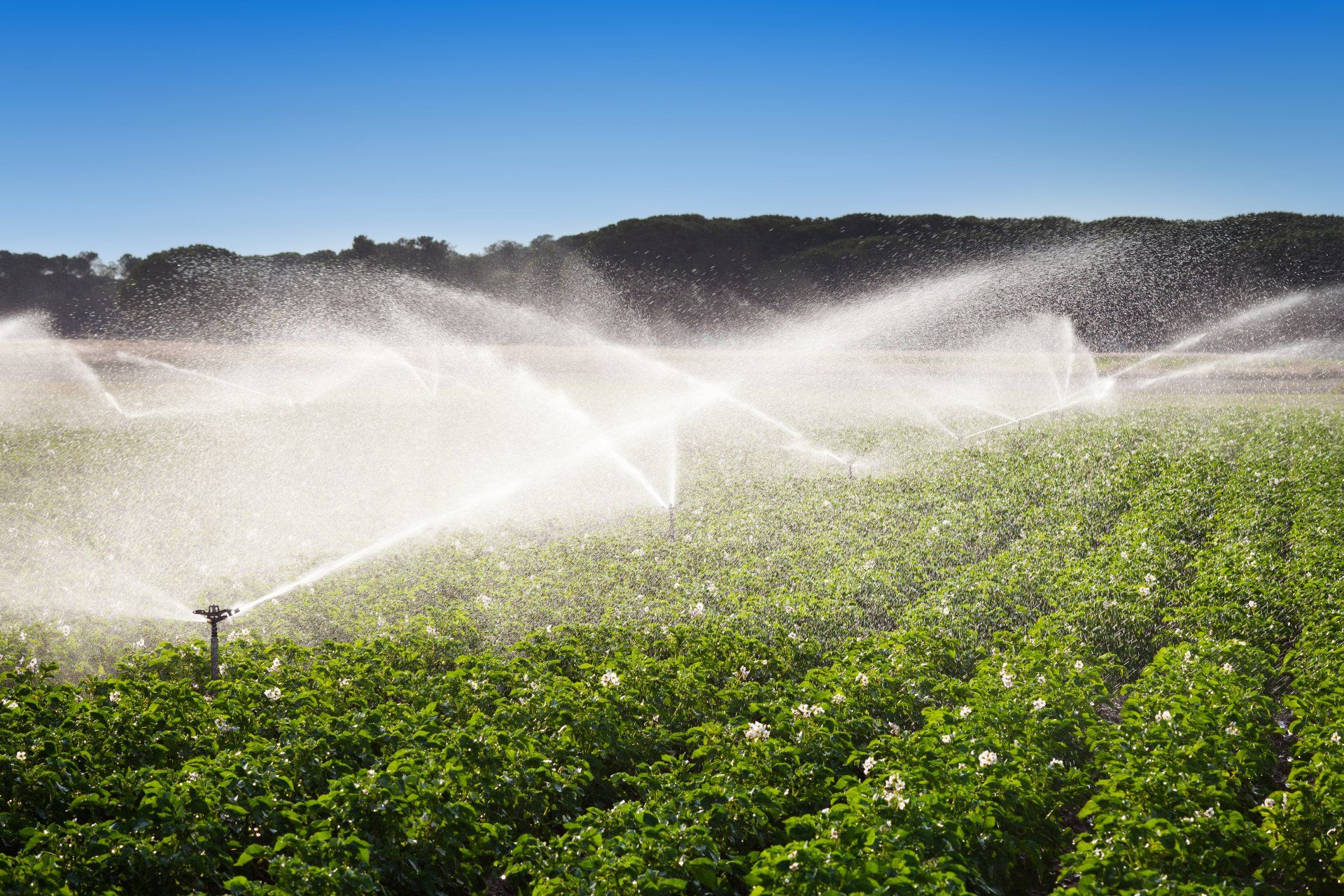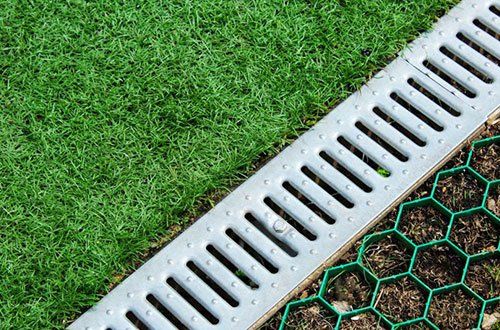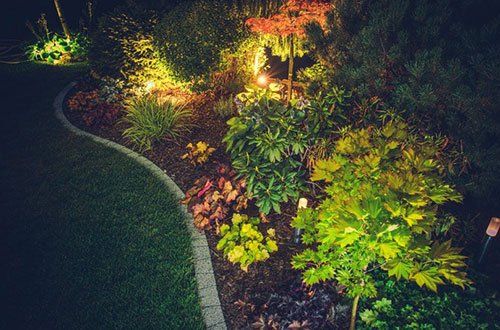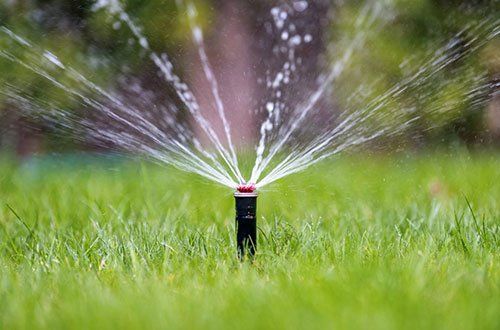A major concern for many homeowners is that a new sprinkler system will destroy their lawn, thus necessitating major rehabilitation work once the system is installed. While this once may have been the case, new technology and improved methods mitigate nearly all lawn damage. The following are the techniques installers utilize today to keep your lawn beautiful.
Planning Stage
1. Watering Plants During Mid-day Sun Can Lead to Burnt Leaves
How you zone your sprinkler system determines how many feet of pipes and various sprinkler heads need installing. This process is very important, especially if you want to minimize lawn disturbance.
Zones
Your lawn will need dividing into watering zones prior to sprinkler installation. Installers typically determine separate zones by the type of plants and climate exposure of the area.
For example, a shady garden bed may require a different type of sprinkler emitter and watering schedule compared to a lawn area under full sun exposure. Zones are also set up to minimize overspray so that the fewest amount of lines and emitters are used to water properly.
Device Types
Installers must also determine emitter device types prior to installation. If you prefer fewer lines and emitters, which are less invasive and require less digging, then you need a system that depends heavily on far-reaching emitter types. Rotary-style emitters, for example, cover more lawn area than spray heads or misters. Elevated emitters for garden beds cover more area than drip and bubbler emitters.
Non-Invasive Trenching
Both the timing of the trenching and device used can impact the level of damage to the lawn.
Seasonal Concerns
Timing can affect lawn disturbance. Dig when the soil is moderately moist but not soggy or frozen. Wet soil is more prone to ruts and damage. Dry, hard-packed soil, such as what occurs during extended hot periods in summer, can also be more difficult to dig and lead to more ground disturbance. Late spring, early summer, and early fall are often the optimum times for installation when one considers soil conditions.
Vibratory Plows
In the old days of installation, a trencher put wide and deep cuts into the lawn for sprinkler pipe installation. Fortunately, that method is no longer used in most cases.
Most installers now use a vibratory plow. This device uses a vibrating blade to cut a slit in the lawn. The vibration results in an ample-sized pipe trench below the surface but only a slit in the lawn, which is just wide enough to slip in the sprinkler line. The installer can tamp down the slit quickly with no need for time-consuming repairs.
Digging Protection
Some hand digging will be necessary for the system, particularly where valves and sprinkler emitters are. The installer must take steps to minimize the impact on the lawn at these few spots.
Damage Mitigation
Hand digging only at the location of installation is much less invasive than using a trencher. Your installers will carefully cut out a square of sod at each emitter location. This sod will go on a tarp nearby. If the work will take more than an hour or two, the tarp may be covered or even lightly watered to prevent the sod from drying out. This way, the sod can go back, minus a hole for the emitter, with little damage.
Repair Techniques
You will need to take extra care once the sod is replaced. After installation, lightly step on and tamp down the sod squares that were removed. Extra watering may also be necessary for the first week after installation. Don't use the sprinkler system to provide extra water. Instead, irrigate a second time each day by hand, only applying water to the disturbed sod. The roots will soon reestablish and the lawn will be without blemish.
If you are ready to install an automatic irrigation system,
contact Smith Irrigation to learn about all the available options.





